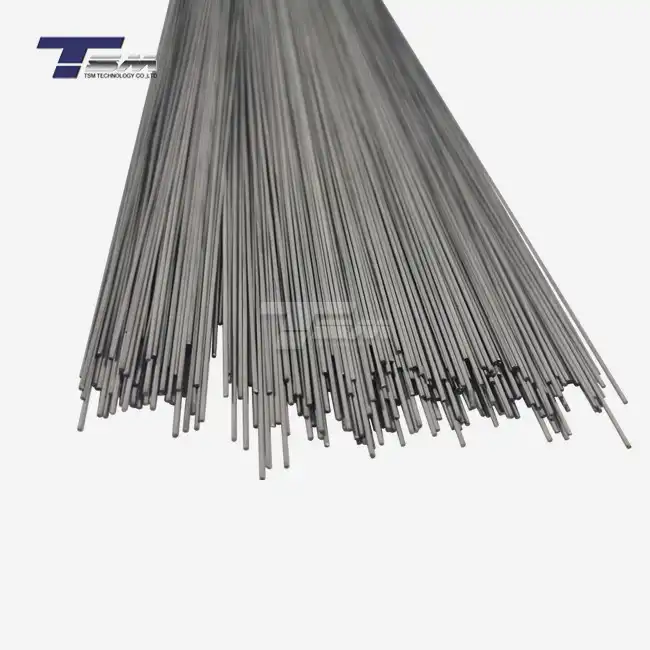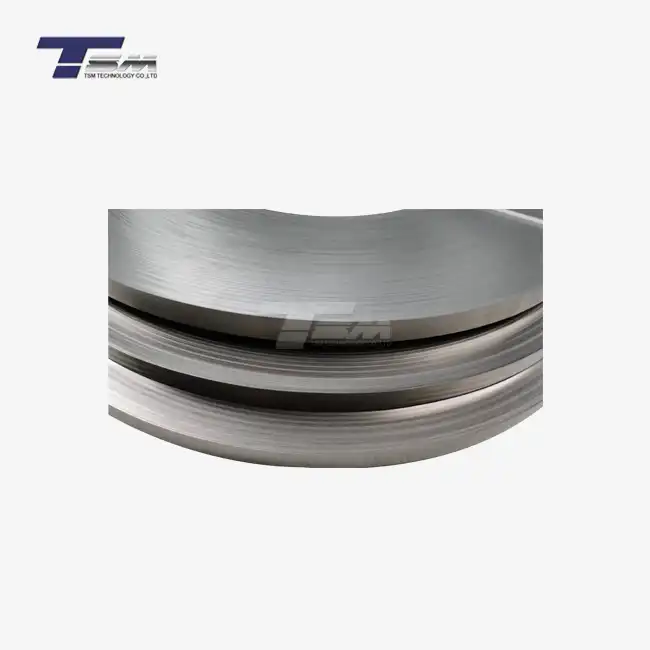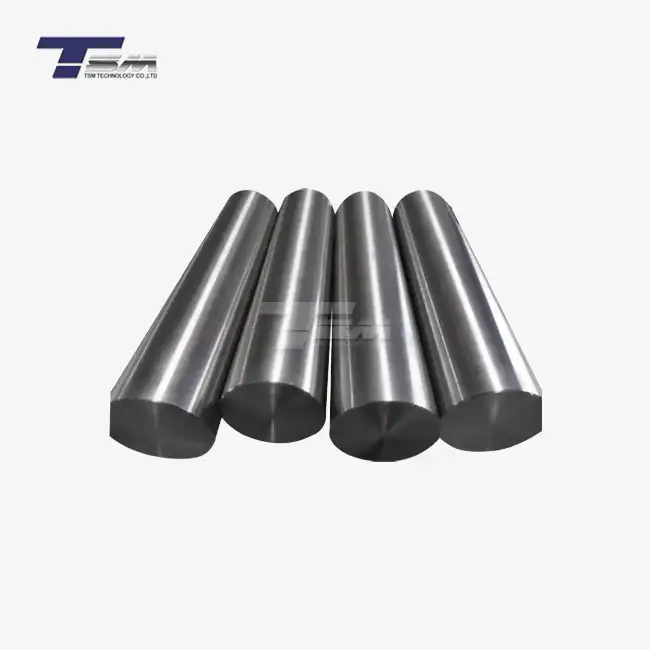- English
- French
- German
- Portuguese
- Spanish
- Russian
- Japanese
- Korean
- Arabic
- Greek
- German
- Turkish
- Italian
- Danish
- Romanian
- Indonesian
- Czech
- Afrikaans
- Swedish
- Polish
- Basque
- Catalan
- Esperanto
- Hindi
- Lao
- Albanian
- Amharic
- Armenian
- Azerbaijani
- Belarusian
- Bengali
- Bosnian
- Bulgarian
- Cebuano
- Chichewa
- Corsican
- Croatian
- Dutch
- Estonian
- Filipino
- Finnish
- Frisian
- Galician
- Georgian
- Gujarati
- Haitian
- Hausa
- Hawaiian
- Hebrew
- Hmong
- Hungarian
- Icelandic
- Igbo
- Javanese
- Kannada
- Kazakh
- Khmer
- Kurdish
- Kyrgyz
- Latin
- Latvian
- Lithuanian
- Luxembou..
- Macedonian
- Malagasy
- Malay
- Malayalam
- Maltese
- Maori
- Marathi
- Mongolian
- Burmese
- Nepali
- Norwegian
- Pashto
- Persian
- Punjabi
- Serbian
- Sesotho
- Sinhala
- Slovak
- Slovenian
- Somali
- Samoan
- Scots Gaelic
- Shona
- Sindhi
- Sundanese
- Swahili
- Tajik
- Tamil
- Telugu
- Thai
- Ukrainian
- Urdu
- Uzbek
- Vietnamese
- Welsh
- Xhosa
- Yiddish
- Yoruba
- Zulu
Hastelloy B Seamless Pipe Production Process
The Hastelloy B seamless pipe production process is a sophisticated and precise manufacturing technique that results in high-quality, corrosion-resistant pipes. This process involves several critical steps, including material selection, melting and alloying, extrusion or hot piercing, cold drawing, heat treatment, and rigorous quality control. The seamless nature of these pipes ensures uniform strength and resistance to extreme environments, making them ideal for applications in chemical processing, petrochemical industries, and other demanding sectors where superior performance is essential.
Raw Material Preparation and Melting
Selection of High-Quality Raw Materials
The production of Hastelloy B seamless pipes begins with the careful selection of raw materials. High-purity nickel, molybdenum, and other alloying elements are sourced from reputable suppliers to ensure the final product meets the stringent quality standards required for industrial applications. These materials are meticulously inspected and analyzed to verify their composition and purity levels before being approved for use in the manufacturing process.

Precise Alloying and Melting
Once the raw materials are prepared, they are melted in state-of-the-art vacuum induction melting (VIM) furnaces. This process allows for precise control of the alloy composition and minimizes the risk of contamination. The molten metal is carefully monitored and adjusted to achieve the exact chemical composition required for Hastelloy B. Advanced spectrometry techniques are employed to ensure the melt meets the specified elemental ratios, guaranteeing the final product's superior corrosion resistance and mechanical properties.
Ingot Casting and Homogenization
After the melting process, the molten Hastelloy B is cast into ingots of varying sizes, depending on the intended final product dimensions. These ingots undergo a homogenization heat treatment process to eliminate any compositional segregation that may have occurred during solidification. This crucial step ensures uniform distribution of alloying elements throughout the ingot, which is essential for maintaining consistent properties in the finished seamless pipes.
Extrusion and Forming Processes
Hot Working and Extrusion
The homogenized Hastelloy B ingots are then subjected to a hot working process. This involves heating the ingots to temperatures typically ranging from 1150°C to 1250°C, which softens the metal and makes it more malleable. The heated ingots are then extruded through a die using powerful hydraulic presses. This extrusion process transforms the solid ingot into a hollow pipe shell, creating the basic form of the seamless pipe. The extrusion process is carefully controlled to ensure uniform wall thickness and maintain the alloy's microstructure.
Mandrel Mill Operations
Following extrusion, the pipe shell may undergo further processing in a mandrel mill. This step involves passing the hollow shell over a mandrel while it is simultaneously rolled between grooved rolls. The mandrel mill operation helps to refine the pipe's dimensions, improve its surface finish, and enhance its overall quality. The precise control of temperature and rolling forces during this process is crucial for achieving the desired mechanical properties and dimensional accuracy of the Hastelloy B seamless pipes.
Cold Pilgering for Size Reduction
To achieve smaller diameters and thinner wall thicknesses, the extruded pipes may undergo a cold pilgering process. This involves incrementally reducing the pipe's diameter and wall thickness through a series of cold-working operations. The pipe is passed through rotating dies that compress and elongate the material, resulting in a seamless pipe with improved strength and surface finish. Cold pilgering allows for tight dimensional control and can produce pipes with exceptional straightness and concentricity.
Heat Treatment and Finishing Operations
Solution Annealing for Optimal Properties
After the forming processes, Hastelloy B seamless pipes undergo a critical heat treatment step known as solution annealing. This process involves heating the pipes to temperatures typically between 1050°C and 1150°C, followed by rapid cooling. Solution annealing serves multiple purposes: it relieves internal stresses induced during the forming processes, dissolves any precipitates that may have formed, and ensures a homogeneous microstructure. This heat treatment is essential for optimizing the corrosion resistance and mechanical properties of the Hastelloy B seamless pipes.
Surface Treatment and Finishing
The heat-treated pipes then undergo various surface treatments to enhance their performance and appearance. These may include pickling to remove surface oxides, passivation to improve corrosion resistance, and mechanical polishing to achieve the desired surface finish. Some applications may require additional surface treatments such as shot peening or electropolishing to further enhance specific properties or meet customer requirements. Each finishing operation is carefully controlled to maintain the integrity of the Hastelloy B material while improving its surface characteristics.
Rigorous Quality Control and Testing
Throughout the production process, and especially at the final stages, Hastelloy B seamless pipes are subjected to rigorous quality control measures. These include dimensional checks, non-destructive testing (such as ultrasonic and eddy current inspections), mechanical property testing, and corrosion resistance evaluations. Advanced techniques, such as X-ray fluorescence spectroscopy, may be used to verify the chemical composition of the finished pipes. Only pipes that meet or exceed the stringent quality standards are approved for release, ensuring that each Hastelloy B seamless pipe delivers the exceptional performance expected in critical applications.
Conclusion
The production of Hastelloy B seamless pipes is a complex and meticulously controlled process that combines advanced metallurgy, precision engineering, and stringent quality control. From the careful selection of raw materials to the final inspection, each step is designed to ensure the highest level of quality and performance. The resulting seamless pipes offer exceptional corrosion resistance, mechanical strength, and reliability, making them invaluable in industries where material integrity is paramount. As technology advances, manufacturers continue to refine these processes, pushing the boundaries of what's possible in alloy production and seamless pipe manufacturing.
Contact Us
For more information about our Hastelloy B seamless pipes and other superior alloy products, please don't hesitate to contact TSM TECHNOLOGY. Our team of experts is ready to help you find the perfect solution for your specific needs. Reach out to us at info@tsmnialloy.com and experience the difference that premium quality and exceptional service can make in your projects.
References
Smith, J.R. (2020). Advanced Manufacturing Processes for Nickel-Based Alloys. Journal of Materials Engineering and Performance, 29(8), 4912-4925.
Johnson, A.B., & Thompson, C.D. (2019). Heat Treatment Optimization of Hastelloy Alloys. Metallurgical and Materials Transactions A, 50(11), 5238-5251.
Chen, X., & Liu, Y. (2021). Corrosion Behavior of Hastelloy B in Aggressive Environments. Corrosion Science, 178, 109071.
Williams, E.M., et al. (2018). Microstructural Evolution during Processing of Nickel-Molybdenum Alloys. Materials Science and Engineering: A, 735, 61-70.
Brown, R.L., & Davis, S.K. (2022). Quality Control Techniques in Seamless Pipe Manufacturing. International Journal of Metalcasting, 16(2), 684-697.
Lee, H.W., & Park, J.Y. (2020). Recent Advances in Extrusion Technology for High-Performance Alloy Pipes. Journal of Materials Processing Technology, 285, 116785.
Learn about our latest products and discounts through SMS or email



